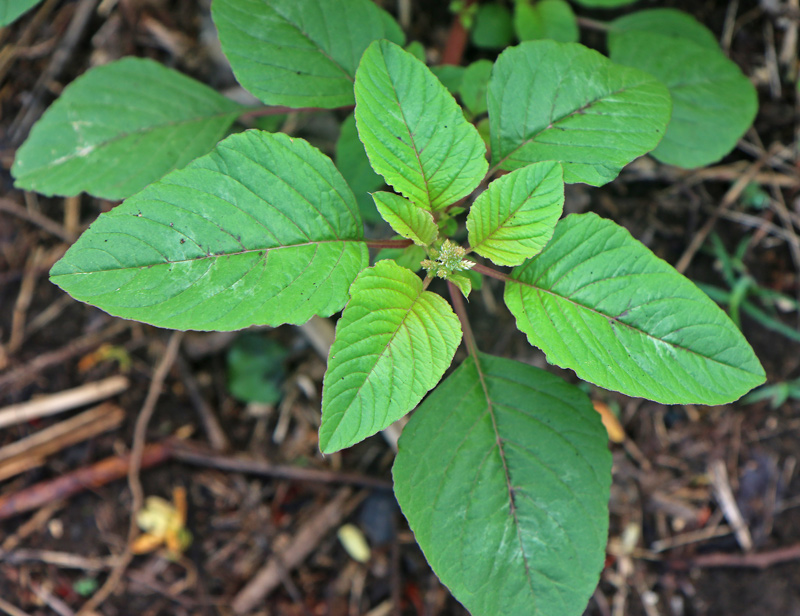A few days ago I posted this video where we’re using wild amaranth as a chop-and-drop:
You run a risk using amaranth as a green manure/mulch since it’s one of the seediest weeds you’ll ever encounter. It makes a lot of biomass, though, and it was already in the bed, so we chopped and dropped it. So long as we keep mulching it should be fine. If we ever turn the ground again, though – God help us! The amaranth will return with a vengeance!
The funny thing about this bed is how much food it yielded from a “crop” we didn’t plant. Originally we planted the bed with bell peppers and a few onions, then the amaranth started and I let it fill in the gaps. I cut it again and again, harvesting pounds of greens. I’d cut some tops almost every morning for breakfast and they still way outgrew the peppers.
While this was happening, I planted another bed with an improved, cultivated variety of amaranth a neighbor shared with me. It grew large and yields higher quality greens, so I decided I was done with the other bed of weedy amaranth.
So chop and drop it was. Now I need to pop in some transplants.
You can learn more about chop and drop in my book Compost Everything: The Good Guide to Extreme Composting. I am a huge fan of growing plants to use as compost. If a weed grows fast and fills in a space, don’t just pull and toss it – feed it to your garden instead!


6 comments
Speaking of eating the weeds, here’s a great link if you don’t have it yet.
http://www.eattheweeds.com/
Thanks – I love eattheweeds.com. I know Green Deane personally. He’s a great asset.
[…] is a favorite of TP contributor Redneck and David the Good likes it as a “chop and drop” mulch. Amaranth can be grown either for its spinach-like leaves or for its grain-like seeds, depending on […]
Could you please tell me if this is amaranth? I have one that just popped up in my garden in Arizona?
I don’t see anywhere to insert pictures!
You can email me: david@floridafoodforests.com
Comments are closed.